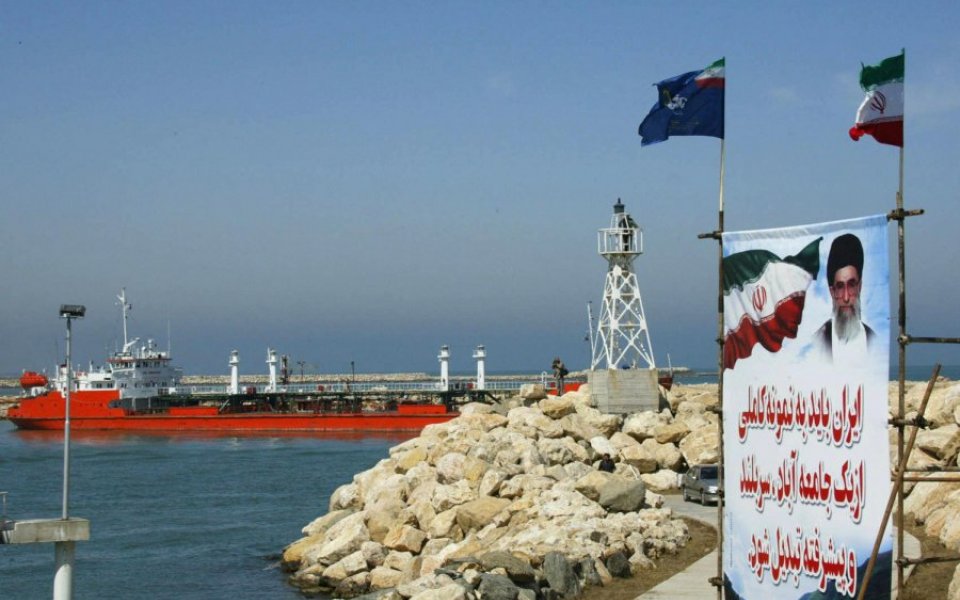Oil prices: End of Iran sanctions sends prices lower – but Opec says this year the US shale oil industry will finally feel the burn and cut production

There seems no end in sight for sliding oil prices, as black gold fell to $28 a barrel for the first time in 12 years. It’s now priced 70 per cent lower than its $120 peak in June 2014.
Forecasts of $20 a barrel made by Goldman Sachs last summer seemed outlandish at the time. But as US sanctions against Iran were lifted this weekend and it primes the pumps to get more oil onto the world market, both Brent crude and West Texas Intermediate have faced unwavering negativity. “Oil continues to be the shorters’ playground,” says Alastair McCaig of IG, referring to the traders who have bet prices would fall further – and won.
$30 a barrel was widely seen as a psychologically important barrier, a level which would be tested, but not really broken. Now, if oil settles below $30 the stage will be set for it to head towards 16-year lows of $25, last reached in April 2003, says Lukman Otunuga of FXTM.
Oversupply remains the dominant force. Iran is home to 10 per cent of the world’s proven reserves, and hopes to get 500,000 barrels a day onto the market immediately, before increasing production. Although the Iran situation has been known for some time, traders have such a bleak outlook towards oil right now that the news was taken badly.
“It doesn’t matter how much Iran adds to the market,” says Georgi Slavov of Marex Spectron. “People are expecting 1m-2m barrels a day, but whatever it adds is bearish for oil because sentiment is so negative and the price has been ticking down.”
The Organisation of the Petroleum Exporting Countries (Opec) has acknowledged that an extra 2m barrels a day will hit the world market from projects already in the pipeline – including the US’s recently-lifted ban on exporting crude – adding to the “phenomenal” level of supply out there already.
However, the group said it expects low oil prices to finally hit US output, and predicts global production will begin to decline this year. “After seven straight years of phenomenal non-Opec supply growth, often greater than 2m barrels a day, 2016 is set to see output decline as the effects of deep capex cuts start to feed through,” the group said in its closely-watched monthly report.
It’s a brave statement about the US shale oil industry, which has proven more resilient than anyone expected. “Agile is the word that best describes those guys. They are incredibly cautious and very experienced in managing costs,” says Slavov. When oil prices first began to fall, US shale producers actually increased output.
They are now surviving on massively restructured businesses and shaky finances. The losses endured in the industry were exemplified by mining giant BHP Billiton’s announcement of a $7.2bn write-down in its shale operation. It’s a hefty loss for a company which spent £20.6bn on two acquisitions in 2011 – a time when oil prices seemed destined to stay high.
Time will tell if Opec is right, and supplies do begin to fall, but traders’ attention has also turned towards lack of demand. China releases GDP statistics today and analysts are forecasting lower numbers – another factor which will depress oil prices.
“As the world’s largest consumer, China is still driving the market,” says McCaig. “As much as a rebalancing in the supply side of the equation is warranted, oil producers would love to see an upturn in demand as well.”
Amid all of this, Opec is an increasingly fractured union. Nigeria has been calling for an emergency meeting to discuss group strategy, but UAE later rubbished its request. The last bi-annual meeting ended in acrimony, when Venezuela’s calls for a lower production target apparently fell on deaf ears. Opec announced no formal production level, reflecting the divisions within the group.
If there’s anything the last two years have shown, it’s that predicting the direction of the oil price is a fool’s game. But with so much bad news out there for oil, it’s hard to believe the negatives aren’t fully priced in. This is why some experts expect prices to rise from here. “Oil prices could have a little more downside in the near term, but we see this as part of a broad bottoming process. Oil should then be able to drift higher over the remainder of 2016,” says Sophie Chardon of Lombard Odier.